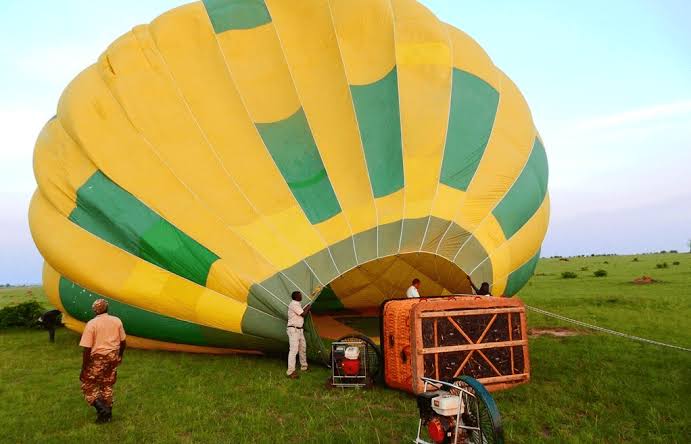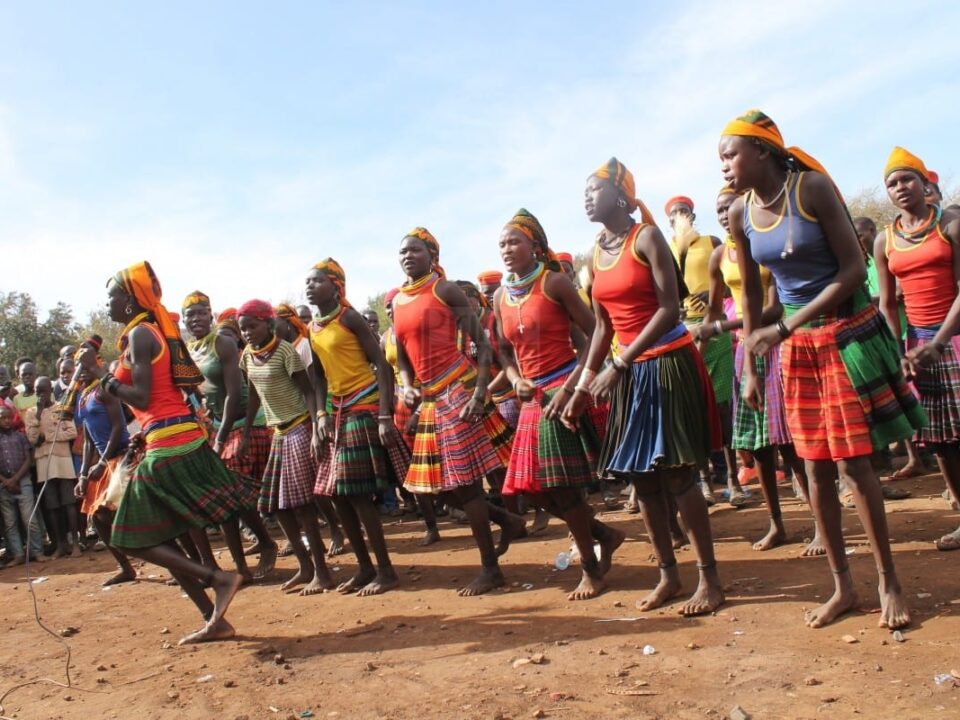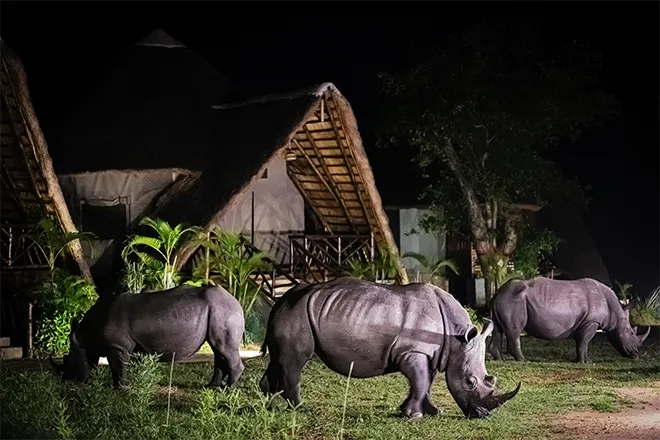- GET IN TOUCH WITH US:
- +256 753518160
- +256 777842166
- info@experiyatourcompany.com

What’s the Chalbi Desert like?
November 20, 2025
What’s special about Hell’s Gate National Park?
November 20, 2025Can I Visit Mount Longonot National Park?
Mount Longonot National Park is one of Kenya’s most thrilling yet accessible adventure destinations—a magnificent combination of dramatic landscapes, volcanic geology, panoramic hiking trails, and wildlife encounters. Located just a short drive from Nairobi, this striking dormant volcano rises sharply from the floor of the Great Rift Valley, its jagged crater rim slicing through the sky. For travelers seeking an active, scenic, and unforgettable outdoor experience, Mount Longonot is one of Kenya’s top choices.
Many visitors planning their Kenyan itinerary wonder: Can I visit Mount Longonot National Park? The answer is a definite yes. The park is open to visitors year-round and is one of Kenya’s most rewarding day-trip destinations. Its main attraction, the climb to the crater rim, offers an exhilarating challenge and spectacular views that make every step worth it.
This comprehensive guide explains everything you need to know about visiting Mount Longonot National Park—how to get there, what to expect, hiking tips, wildlife, weather, best time to visit, safety, and the unforgettable experience of standing on the crater’s edge.
What Makes Mount Longonot National Park Special?
Mount Longonot is a dormant stratovolcano that last erupted in the 1860s. Though silent now, its towering cone and deep-cut crater remain dramatically etched into the Rift Valley landscape. The park is relatively small compared to other Kenyan reserves, but it offers one of the country’s most iconic hiking experiences.
What makes the park special includes:
A massive volcanic crater that is incredible to explore
A steep, thrilling hike suitable for both beginners and seasoned hikers
Panoramic views of the Rift Valley and Lake Naivasha
Wildlife living inside and around the crater
A sense of adventure without straying far from Nairobi
Clean air, open skies, and rugged natural beauty
The climb is challenging but achievable, making it popular with travelers, locals, fitness enthusiasts, and families.
A Unique Hiking Experience Through a Volcanic Landscape
The highlight of Mount Longonot National Park is the climb to the crater rim. The trail starts at the park gate and winds steeply up the volcano’s slope. The initial ascent is short but intense, testing your legs and endurance. But once you reach the rim, the reward is spectacular.
The crater itself is enormous—stretched roughly 7 kilometers across, covered in thick forest, and shaped like a giant bowl with sharp ridges. Hikers can walk along the entire rim, which takes about 3 to 4 hours depending on pace.
The full hike includes:
The initial ascent from the gate to the rim
A walk around the crater circumference
The descent back to the entrance
In total, the full experience covers about 13 kilometers and takes anywhere from 4 to 6 hours. For many travelers, hiking Mount Longonot becomes one of the most memorable parts of their Kenyan adventure.
Stunning Views Across the Great Rift Valley
Mount Longonot’s elevated position gives hikers panoramic views of one of the world’s most dramatic geological formations—the Great Rift Valley. From the crater rim, you can see:
Lake Naivasha shimmering in the distance
Hell’s Gate National Park’s rugged cliffs
Farms and ranches lining the valley floor
The hazy silhouettes of neighboring volcanoes
Endless plains and towering escarpments
On clear days, these views stretch for miles in every direction. Sunrise and sunset hikes create spectacular lighting, turning the landscape golden and casting dramatic shadows across the valley.
Wildlife at Mount Longonot National Park
Although Mount Longonot is known for hiking rather than traditional safaris, wildlife thrives here—particularly inside the crater, where thick forest provides shelter and food.
Common animals include:
Buffalos
Giraffes
Zebras
Grant’s gazelles
Bushbucks
Warthogs
Bird species such as vultures, eagles, and weavers
Most animals remain inside the crater or on the lower slopes, so sightings from the rim can be thrilling. You might spot giraffe heads poking above trees or hear warthogs rustling through the grass.
Visitors should always be cautious, especially when hiking alone. The park is safe, but wildlife is unpredictable.
Accessibility: How to Get to Mount Longonot National Park
Mount Longonot is one of Kenya’s most accessible national parks, making it ideal for day trips and weekend excursions.
By Road
The park is located about 70 kilometers northwest of Nairobi. The drive takes approximately 1.5 to 2 hours via the Nairobi–Naivasha Road. The entire route is tarmacked, except for the short dirt road leading to the park gate.
By Tour Operator
Many travelers choose to visit with a safari or trekking company. This ensures transport, park fees, guiding, and lunch arrangements are seamless.
By Public Transport
Public transport will only take you as far as Naivasha town, after which you need a taxi or motorcycle to reach the park—less convenient and less recommended for first-time visitors.
Park Entry Fees and Requirements
Visitors pay a daily conservation fee at the main entrance. Fees vary based on:
Citizen
Resident
Non-resident
These fees help maintain the park, support conservation, and provide ranger services.
Additionally:
Carry your passport or national ID for verification
Proper hiking shoes are essential
Plenty of drinking water is required (at least 2 liters per person)
 The Hiking Experience: What to Expect
The Hiking Experience: What to Expect
The Ascent
The first 2 kilometers are steep and challenging. The path is dusty during dry seasons and slippery after rain.
The Rim Walk
Once you reach the crater rim, the trail evens out but includes ups and downs. The highest point is Kilele Ngamia (the summit), which offers unbeatable views.
The Descent
The final downhill stretch can be tough on the knees. Hiking poles can help, especially during muddy conditions.
Preparation Tips:
Start early (between 7:00–9:00 AM)
Carry sun protection
Wear breathable clothing
Bring snacks or a packed lunch
Expect dust, heat, and wind at various points
Travel with a guide if inexperienced
Best Time to Visit Mount Longonot
Mount Longonot is open year-round, but certain seasons offer the best conditions.
Ideal Months
June to October
January to March
Dry weather creates comfortable hiking terrain and clear views.
Rainy Seasons
April–May and November
Trails become muddy and more slippery, making the hike physically harder.
Regardless of season, mornings are always better for hiking due to cooler temperatures.
Safety Considerations
Mount Longonot is safe for visitors, but a few precautions help ensure a smooth experience.
Stay on marked trails
Avoid hiking during extreme heat
Beware of loose rocks and uneven terrain
Carry enough water
Travel in groups if possible
Inform someone of your hiking plan
Rangers are stationed at the gate and available to assist visitors.
Accommodation Options Around Mount Longonot
While the park itself has no lodges, the surrounding area offers excellent accommodation choices:
Hotels and resorts in Naivasha
Safari lodges around Lake Naivasha
Boutique lodges with crater views
Eco-lodges and tented camps nearby
Many travelers pair a Mount Longonot hike with visits to Hell’s Gate or boat rides on Lake Naivasha.
Why Visit Mount Longonot National Park?
You should visit Mount Longonot if you enjoy:
Adventure
Hiking
Volcanoes
Photography
Panoramic views
Nature
Day trips from Nairobi
It is one of Kenya’s most rewarding outdoor activities and a must-do for active travelers.
Yes, You Can Visit Mount Longonot National Park—And You Should
Mount Longonot National Park is one of Kenya’s most exciting and accessible natural attractions. Whether you’re a seasoned hiker or a first-time adventurer, the experience of climbing to the crater rim and walking along the edge of a dormant volcano is unforgettable. The park offers dramatic scenery, diverse wildlife, and panoramic vistas that showcase the best of the Great Rift Valley.
To ensure your visit is seamless and enjoyable, planning with an experienced travel company makes all the difference.
Experiya Tour Company specializes in organizing Mount Longonot trips—complete with transport, park entry, guided hikes, and tailored extras like Lake Naivasha tours or Hell’s Gate visits. For a safe, memorable, and stress-free adventure, booking your travels with Experiya Tour Company is highly recommended.




